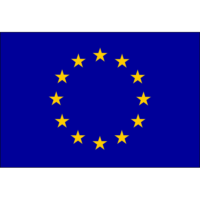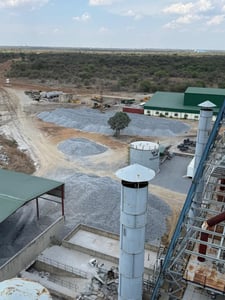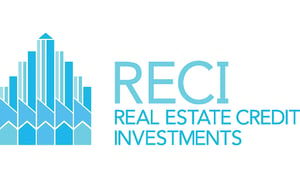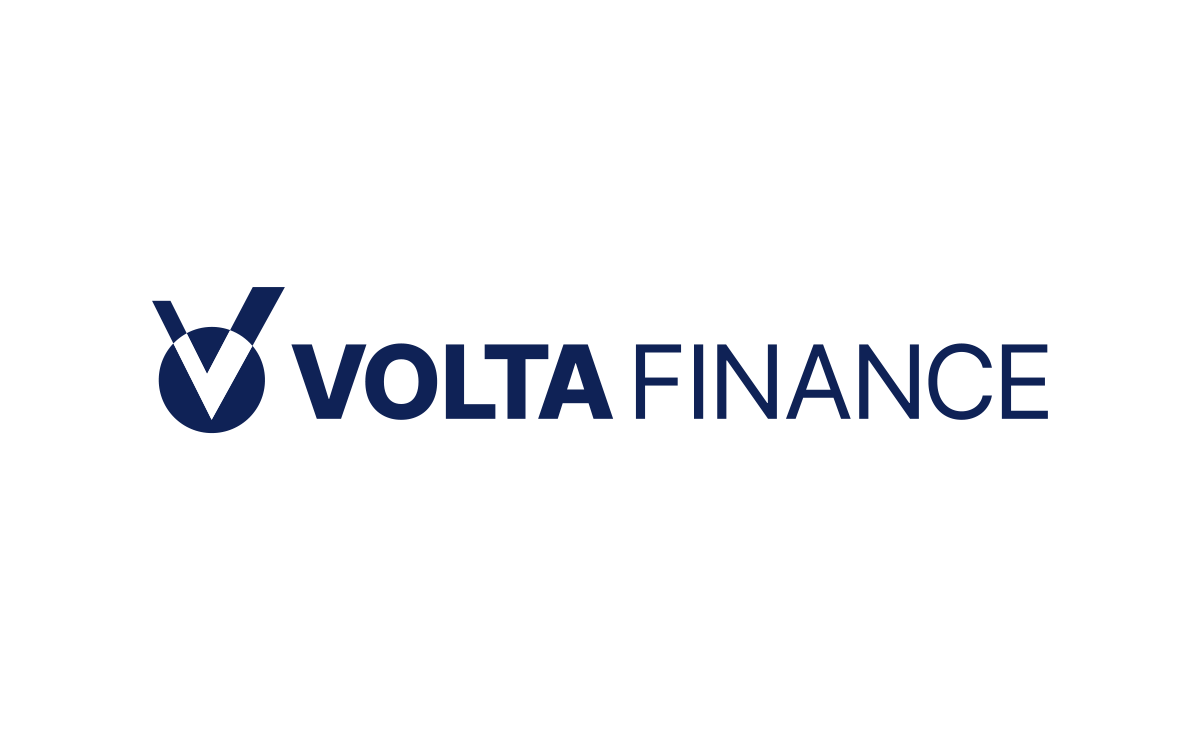In mid‑June 2025, Europe’s benchmark STOXX 600 reversed a three-day retreat, edging upward as geopolitical anxieties around the Israel–Iran conflict began to recede. The uptick, led by travel and leisure names, may have looked modest, but it signalled something deeper: headline risk was easing, and Europe’s broader market tone was regaining traction.
Beyond the temporary geopolitical calm, the more telling story lies in Europe’s year-to-date performance. Equity benchmarks have staged their strongest start to the year since the turn of the century, significantly outpacing both emerging markets and UK indices, while U.S. stocks have remained flat. For a region long seen as structurally constrained, this represents a quiet transformation rather than a short-lived rally.
What’s fuelling this? Europe’s policy clarity is proving decisive. The European Central Bank has already cut its key interest rate twice, signalling a more transparent easing trajectory than its counterparts in the U.S., UK, or Canada. Simultaneously, fiscal policy is shifting from constraint to strategic investment. Germany’s renewed infrastructure and green energy spending plans, along with wider EU commitments to defence budgets, signal a willingness to deploy capital in ways that drive long-term growth.
Valuations are also part of the story. With U.S. equities trading at historically stretched multiples, investors are rediscovering the appeal of European assets priced in the mid-teens on a forward earnings basis. This valuation differential is now being matched by a rebound in earnings expectations, especially across sectors linked to industrial recovery, energy transition, and defence.
Importantly, investor flows are reinforcing the shift. European equity funds have seen sustained net inflows for two consecutive quarters. If the current pace holds, mid-2025 could mark the most significant return of capital to the region since the post-crisis years. What was once a stop-gap allocation now appears to be part of a more strategic reweighting.
Geopolitically, the backdrop remains complex, but therein lies further opportunity. The prospect of a Ukrainian ceasefire, regardless of its fragility, creates space for potential European reconstruction flows and a more favourable energy outlook. At the same time, the EU’s emerging military rearmament posture provides long-term clarity on industrial and defence sector investment.
This is not the cyclical rebound of old. It is a gradual yet deliberate restructuring of Europe’s investment case. Monetary prudence, fiscal assertiveness, and earnings resilience are combining to reposition the region in global portfolios. Even long-lagging sectors like financials and industrials are showing signs of durable recovery, helped by improving bank profitability and clearer regulatory conditions.
The risks, of course, haven’t disappeared. Political fragmentation, trade friction, and external shocks remain live variables. But for the first time in years, Europe’s structural story is not defined by limitation, but by possibility. And that marks a subtle but profound pivot in global equity thinking.
Europe is repositioning. Where once global capital bypassed it, now sustainable policy clarity and attractive valuations are helping establish a new normal. It’s a continent shaping its own investment story, less headline‑driven, more structurally reinforced.
Europe offers more than geography; it’s a case of strategic recovery, backed by clear policy intent and disciplined execution. For investors, it’s a reminder to see beyond narratives and capitalise on quiet structural shift.
Fidelity European Trust PLC (LON:FEV) aims to be the cornerstone long-term investment of choice for those seeking European exposure across market cycles.









































